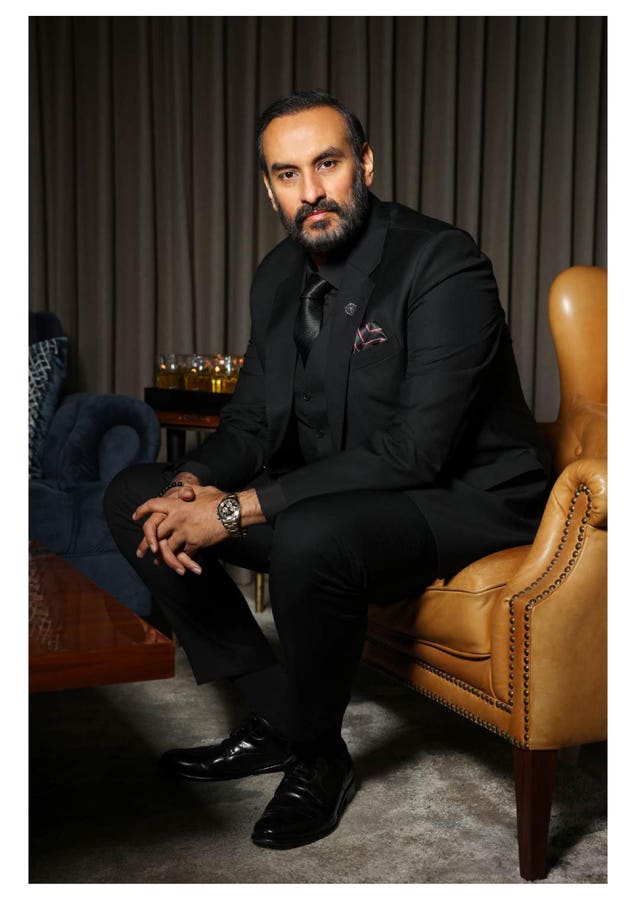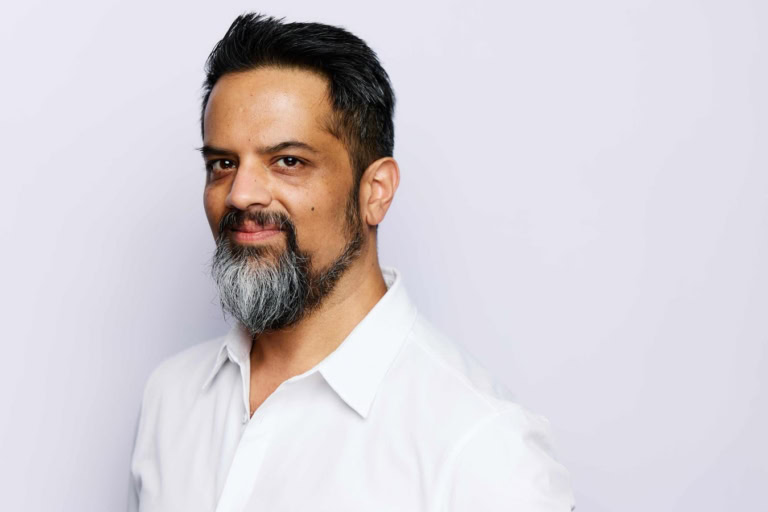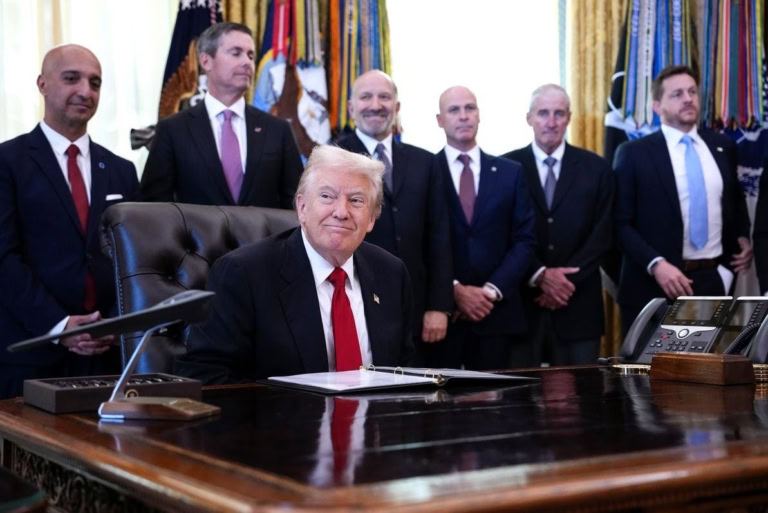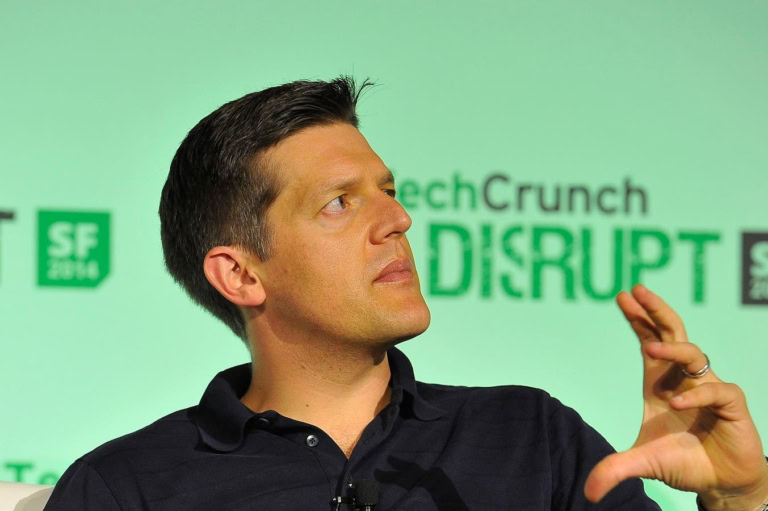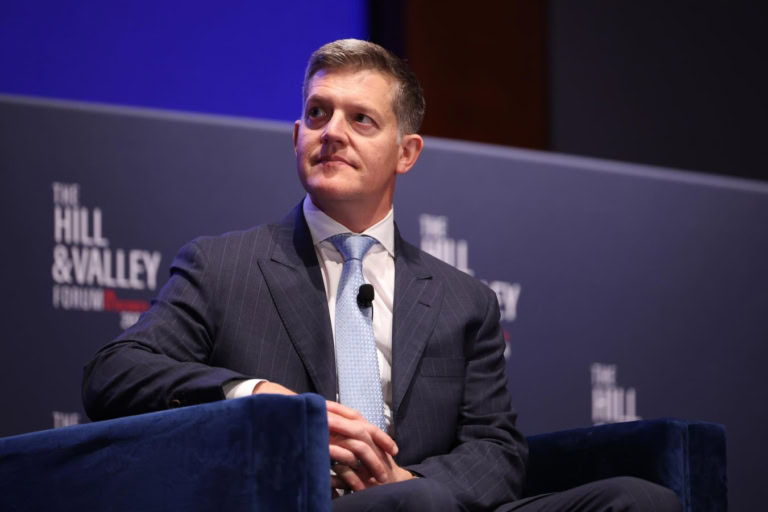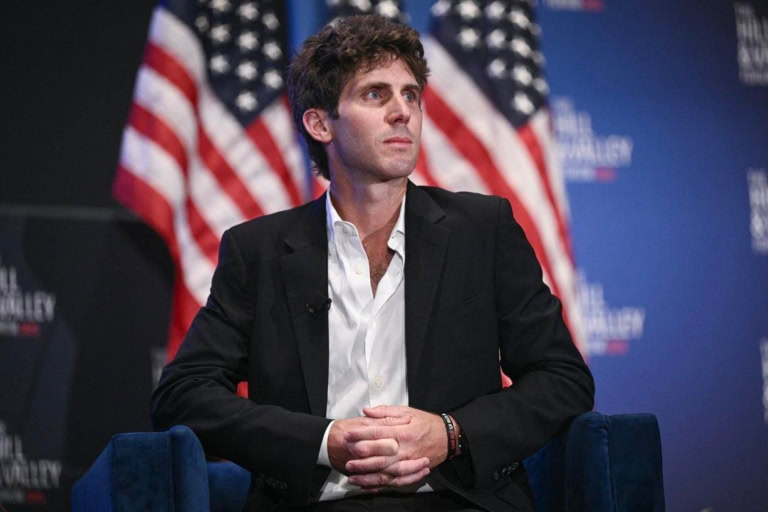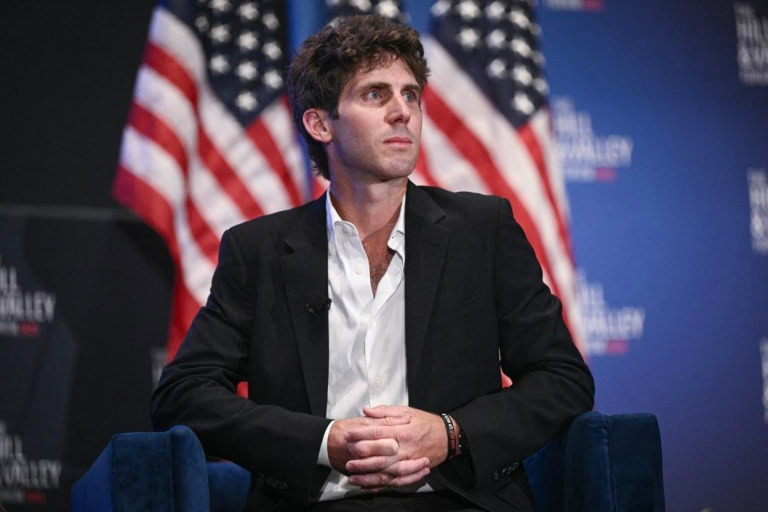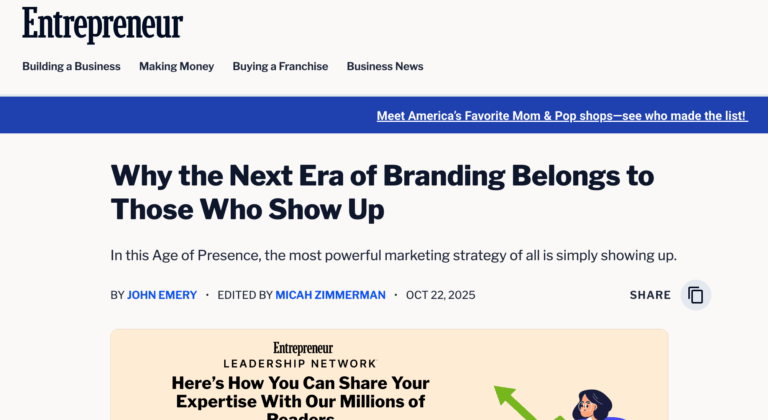From generative AI to original IP and immersive infrastructure, Namit Malhotra is building a vertically integrated global content platform—and positioning his companies, DNEG, Prime Focus Studios, and Brahma, as the future of storytelling.
In an era where content is king and scale is everything, Namit Malhotra is rewriting the playbook—merging Oscar-winning artistry with generative AI, proprietary IP, and global production infrastructure. As Chairman and CEO of DNEG—the eight-time Academy Award®-winning visual effects giant behind Dune, Oppenheimer, and Tenet—Malhotra is building not just a studio, but a blueprint for the future of storytelling and AI content creation.
“We’ve always been a creative-first company,” he says. “But the way we deliver creativity has to evolve.”
That evolution is now playing out across continents and sectors, anchored by a singular vision: position India not just as a services hub, but as the world’s most advanced engine for content creation. Through a series of strategic acquisitions—from London-based VFX leader Double Negative to AI powerhouse Metaphysic (Forbes)—and the launch of his own content production and financing arm Prime Focus Studios, Malhotra has scaled his company into a global juggernaut operating in 24 cities across four continents. He’s layered on deep technical innovation through Brahma’s AI product suite, and paired it with a bold infrastructure-first mindset—building not just tools or studios, but a full-stack ecosystem to control every stage of storytelling, from data to distribution. His ambition isn’t to serve the global entertainment industry. It’s to redefine it.
From Garage Grit to Global Scale—Financed by Betting the Family Home
At just 18, Namit Malhotra turned his father’s garage in Mumbai into ground zero for what would become a global media empire. It was 1995, and a computer graphics course had shown him the future: entire films, made on a single Mac. While others scoffed, Malhotra moved fast. He recruited three instructors from the graphics school where he studied, launched Video Workshop, and began editing shows and music videos for India’s top networks. To fund it, he bet everything, securing a loan against the family home.
“Digital tools were going to transform cinema—I could feel it. I just had to move first.”
During the ’90s boom in Indian pop culture, Video Workshop built early momentum producing dance-offs, music countdowns, and youth entertainment for mainstream pop culture shows and networks, including Channel V, India’s equivalent of MTV.
Namit Malhotra Is Shaping the Future of Global Storytelling Through AI, Financial Strategy, and Creative Vision
Behind the headlines is a rare advantage: Malhotra’s fluency across capital markets, creative storytelling, and deep tech. He’s one of the few founder-operators to take a company public, raise hundreds of millions in private equity, execute global M&A, and simultaneously lead creative production and technology development.
From acquiring Double Negative—a top-tier British VFX studio known for Inception, The Dark Knight Rises, and Harry Potter films—to raising hundreds of millions from investors such as Novator Capital and United Al Saqer Group, and leading the development of an enterprise AI platform now valued at $$1, Malhotra has consistently used his financial savvy to fuel platform innovation and his creative instinct to give it cultural resonance.
His producer credits through Prime Focus Studios span both Hollywood and Indian blockbusters, reflecting a global vision for storytelling at scale, including:
- The Hurricane Heist (2018)
Action/disaster film directed by Rob Cohen (The Fast and the Furious)
VFX: Delivered by DNEG, showcasing its capacity for high-intensity environmental effects. - Brahmāstra: Part One – Shiva (2022)
Supernatural fantasy/action film starring Ranbir Kapoor, Alia Bhatt, and Amitabh Bachchan
VFX: DNEG led full-stack visual effects for India’s most ambitious VFX film to date.
Impact: Grossed over $$1 worldwide; widely praised for technical achievements. - The Garfield Movie (2024)
Animated comedy featuring the voices of Chris Pratt and Samuel L. Jackson
Animation: DNEG Animation served as the exclusive animation partner.
Impact: Grossed over $$1 worldwide. - Animal Friends (Upcoming – 2026)
Live-action/animation hybrid road-trip comedy featuring Ryan Reynolds and Jason Momoa
VFX and Animation: Currently in production at DNEG. - The Angry Birds Movie 3 (Upcoming – 2027)
Produced with Rovio, SEGA, Flywheel Media, One Cool Group, and dentsu
Animation: DNEG Animation is handling storyboards, art development, and animation. - Ramayana (Upcoming)
Mythological epic directed by Nitesh Tiwari and starring Ranbir Kapoor
Budget: $$1–70 million+
VFX: Executed by DNEG with world building on par with The Lord of the Rings and Avatar.
“The biggest challenge lies in navigating three moving targets: ever-evolving technology, unpredictable creative processes, and a rapidly shifting financial model. Understanding business, tech, and creative gives me a 360-degree view,” Malhotra says.
How Namit Malhotra Scaled DNEG Through an IPO, M&A and Private Equity
In 1997, Malhotra merged his Video Workshop with his father’s equipment rental company to form Prime Focus. By 2006, he had taken the company public on the Indian stock exchange (Forbes) and expanded operations to London, Los Angeles, New York, and Vancouver.
Prime Focus gained prominence by pioneering theatrical 3D conversion for major franchises like Harry Potter and Star Wars, backed by institutional investors including Standard Chartered PE, Macquarie and Aid Capital. But the game-changing move came in 2014, when Prime Focus acquired Double Negative, an acclaimed London-based VFX studio. The merger formed DNEG, combining Prime Focus’s global scale with Double Negative’s creative pedigree.
The result was a global powerhouse that bridged Hollywood studio relationships with a scalable production platform. Under Malhotra’s leadership, DNEG has since won eight Academy Awards for Best Visual Effects, partnering with some of the most visionary directors in the world: (Forbes)
- Inception (2011) – Christopher Nolan
- Interstellar (2015) – Christopher Nolan
- Ex Machina (2016) – Alex Garland
- Blade Runner 2049 (2018) – Denis Villeneuve
- First Man (2019) – Damien Chazelle
- Tenet (2021) – Christopher Nolan
- Dune (2022) – Denis Villeneuve
- Dune: Part Two (2024) – Denis Villeneuve
While a planned SPAC deal fell through in 2022, momentum never slowed.
DNEG’s AI Tech Stack: The Future of Global Content Infrastructure
DNEG now builds the underlying infrastructure of visual storytelling. From cloud-based workflows and real-time rendering to virtual production and AI content creation, it enables scalable creative delivery.
“Technology isn’t the product—it’s what enables the experience,” Malhotra says.
Brahma Acquires Metaphysic: A $1.43B AI Bet
In February 2025, Brahma, the content-tech venture backed by Malhotra, acquired Metaphysic, the generative AI startup known for its photorealistic neural performance toolset as used in feature films such as HERE, Furiosa and Alien: Romulus. The deal values Brahma at $1.43 billion, with support from Abu Dhabi’s United Al Saqer Group.
With 800+ engineers, Brahma is building AI-native products across video, image, and audio—bringing together DNEG’s industry-leading VFX tools, Metaphysic’s groundbreaking AI technology, Ziva’s award-winnning technology for the creation of digital human and character simulations, and CLEARⓇ’s purpose-built enterprise AI platform – and opening up new sectors beyond film & TV, including advertising, gaming and sports.
“This isn’t about chasing AI trends,” Malhotra says. “It’s about building foundational infrastructure.”
Modular Storytelling and the Infrastructure Powering It
“We’re moving from bespoke productions to modular storytelling,” Malhotra says. “You don’t need to fly a crew across five countries. Brahma lets you simulate the entire experience in high fidelity.”
This modular model opens up new frontiers—from immersive brand campaigns with AI ambassadors to personalized mental health therapy powered by emotional modeling.
Brahma’s infrastructure enables creators to generate, license, and monetize synthetic content at scale. Think: AWS for storytelling. Smart contracts and on-chain IP rights management ensure transparency and trust as AI reshapes media ownership.
DNEG Is Building the Platform for the Next Era cf Entertainment
Malhotra’s strategy isn’t to chase features. It’s to build a vertically integrated platform platform that future content runs on, spanning from pre-production to post, from data to distribution.
“Whoever owns the pipes, wins,” he says. “Features fade. Infrastructure lasts.”
Inside DNEG’s $400M Mumbai Megahub: A Global Destination for Content Innovation
In May 2025, Malhotra and the State Government of Maharashtra in India announced a $400M entertainment complex in Mumbai, combining: world-class production studios to facilitate high-end content creation, supported by a state-of-the-art digital infrastructure; live entertainment facilities, including theme parks and experience centres; and lifestyle experiences, including shopping and dining destinations. All in one global destination.
“We’re creating the most advanced content hub in the world—rooted in Mumbai, made for the world,” says Malhotra. “This new site will be a best practice example of what India can deliver in technology, creativity, and entertainment, and will become a worldwide leisure destination, right at the heart of one of the world’s oldest filmmaking industries. We are bringing India to the world by bringing the world to India.”
Scaling Innovation Globally Through Storytelling Infrastructure
Malhotra’s vision is to own the entire pipeline—from the tools to the platforms, from training to monetization.
And it’s global. “We’re not just telling Indian stories,” he says. “We’re building Indian systems that can scale globally.”
Streaming put Indian content on the global map. DNEG, Prime Focus Studios, and Brahma aim to make India the world’s content creation engine.
Conclusion
As streaming plateaus and AI hype gives way to infrastructure wars, Namit Malhotra isn’t waiting to be disrupted—he’s building the infrastructure, controlling the platforms, and shaping the future of content creation.
“The world doesn’t need more content,” he says. “It needs better systems to create it–AI content creation. That’s what we’re building.”
